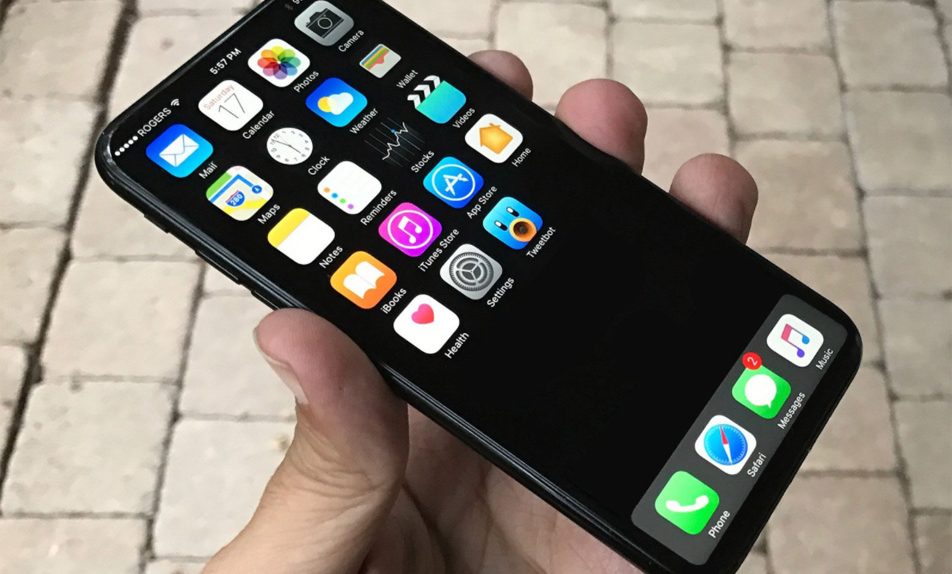Apple is launching three new iPhones this year, reports have claimed, with the iPhone 8 being the most interesting of the three. Apple suppliers are also heavily vested in the iPhone 8, as its popularity will significantly boost their revenues. One such company is a European chipmaker that’s already making an iPhone 7 component that hardly comes up.
According to Reuters, STMicroelectronics posted in-line 2016 results on Thursday, fueled by strong phone and car part sales. STM, Europe’s third largest semiconductor company, also said that it plans to increase plant capacity. The move is meant to increase revenue this year. And Apple might be to blame.
Without naming names, STM said that it inked a deal with a customer that can generate “substantial revenues” in the second half of the year.
Analysts believe that company is Apple and that STM will supply iPhone 8 parts, including a component that’s also found inside Apple’s 2016 flagships the iPhone 7 and iPhone 7 Plus.
In-depth teardowns from Chipworks confirmed that Apple placed a new type of proximity sensor on the front side of the phone, one that also acts as an “accurate rangefinder for the selfie camera.” That’s called a time-of-flight sensor (ToF).
“The advantage of ToF is that it doesn’t depend on reflected light level, instead it actually measures the time of travel of photons emitted from a laser diode, and this travel time is independent of the reflectance of the target surface,” Chipworks explained.
Apple isn’t the only company that uses ToF sensors. Last year alone, some of the high-end smartphones sold by competitors also have ToF from STM, including the Huawei P9, LG G5, or the Moto Z Force. The difference is that other companies only used the ToF for range-finding purposes rather than proximity sensors.
Analysts now expect Apple to keep STM as a supplier of such ToF sensors. But they also say the European company might make a new product for the iPhone 8.
“This is likely to be a new product in the iPhone 8, in addition to on-going shipments of the time-of-flight sensor,” Liberum analyst Janardan Menon said. “We expect STM’s strong revenue growth to convert into rising margins and further multiple expansion.”
It’s unclear at this time what, if any, component STM might be working on. But a recent report said that the new iPhone will include a new form of facial/gesture recognition system. This feature would be “supported by a new laser sensor and an infrared sensor mounted near the front-facing camera,” Cowen and Company analyst Timothy Arcuri said in a note. Will STM make such parts for Apple?
It’s worth pointing out that the iPhone 8 is supposed to have an all-screen design, meaning that Apple isn’t probably looking to add more sensors to the front of the phone, which could prevent it from reducing the top bezel. Instead, Apple might be looking to utilize sensors for multiple features, as it’s the case with STM’s ToF/proximity sensor. On the other hand, Apple has at least one daring patent that imagines embedding all front-facing sensors in the display. Even in such a case, Apple would likely want to have as few sensors as possible on the front.








